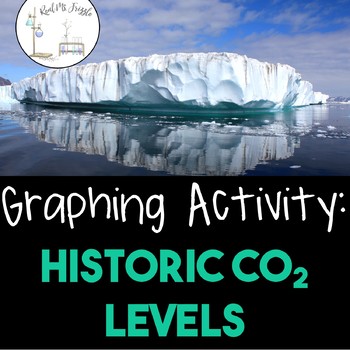Graphing Activity: Historic CO2 Levels (Paleoclimate)
- PDF
Description
A great activity for Earth Day in the middle school, or for teaching climate change in an Earth Science class!
----------------------------------------------------
Middle school students often know that CO2 levels on earth are rising, and that there is a lot of concern about how the climate will change as a result of this increase.
However, most students are not aware of the historic and cyclical changes of CO2 here on Earth that affect history climates, often referred to a Paleoclimate.
----------------------------------------------------
With this activity students will...
★See the average level of atmosphere CO2 for the past 400 million years,
★Find average values,
★Generate Line graphs using data tables,
★Analyze and interpret their line graphs,
★Make a claim about CO2 levels, with supporting evidence
----------------------------------------------------
Included in this purchase:
⭐4-page student worksheet
⭐Teacher instructions
⭐Teacher answer key
----------------------------------------------------
All data in this assignment is based off of the 2016 IPCC Report, Palaeoclimate Chapter.
----------------------------------------------------
Related Products:
✨FREE! Precipitation and Drought Color-by-Number
✨Milankovitch Cycle JUMBO Notes
----------------------------------------------------
Enjoy!
Real Ms. Frizzle





